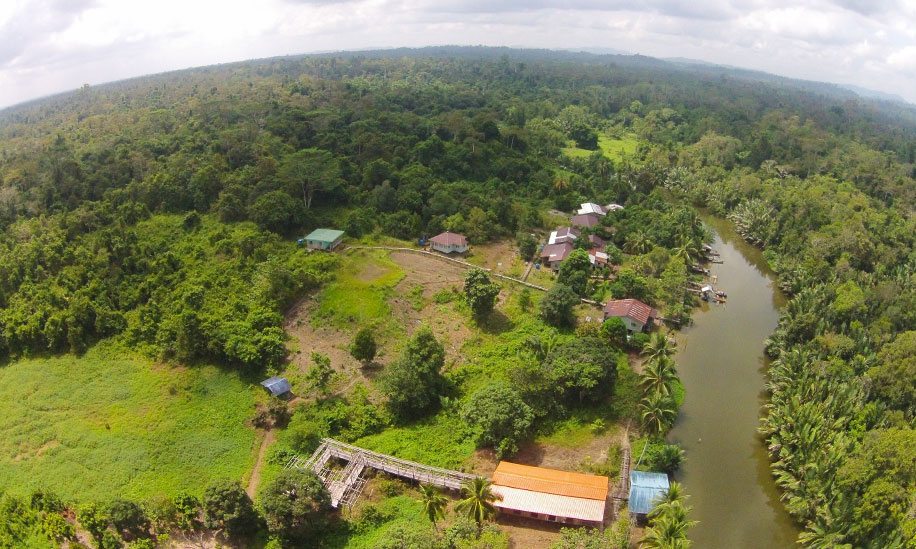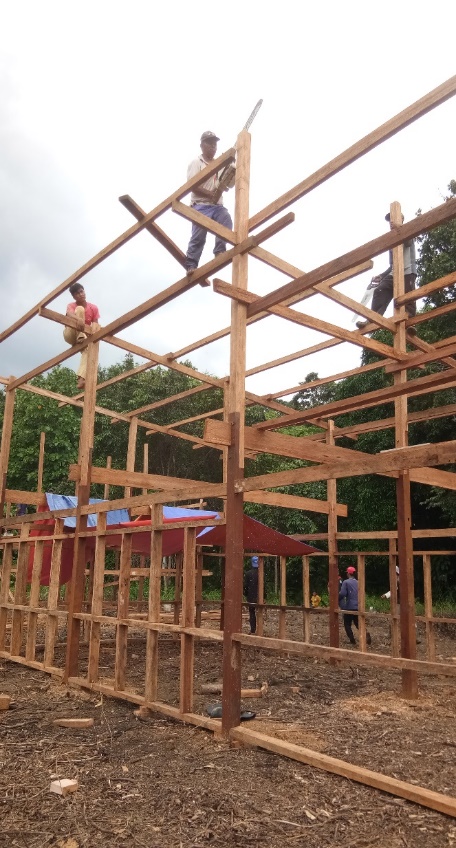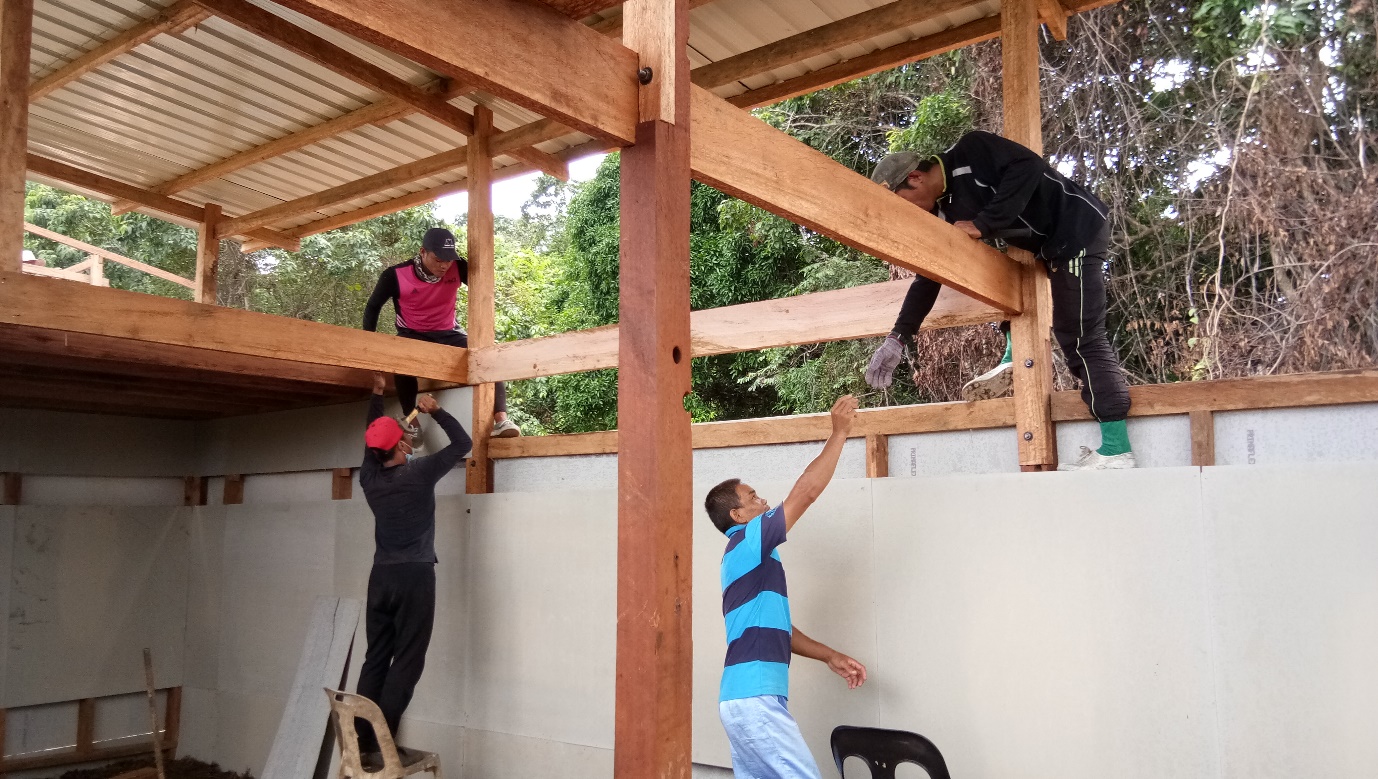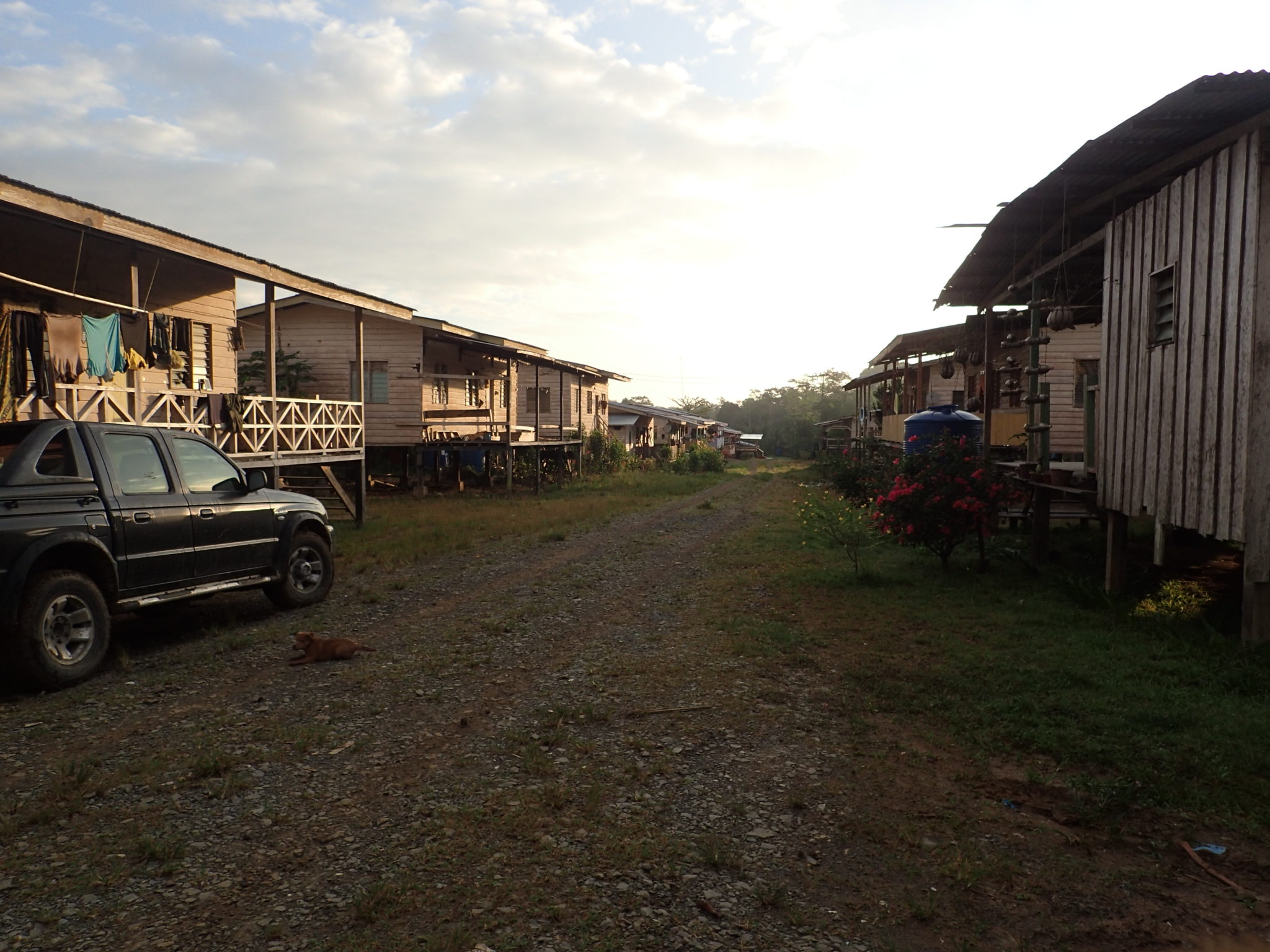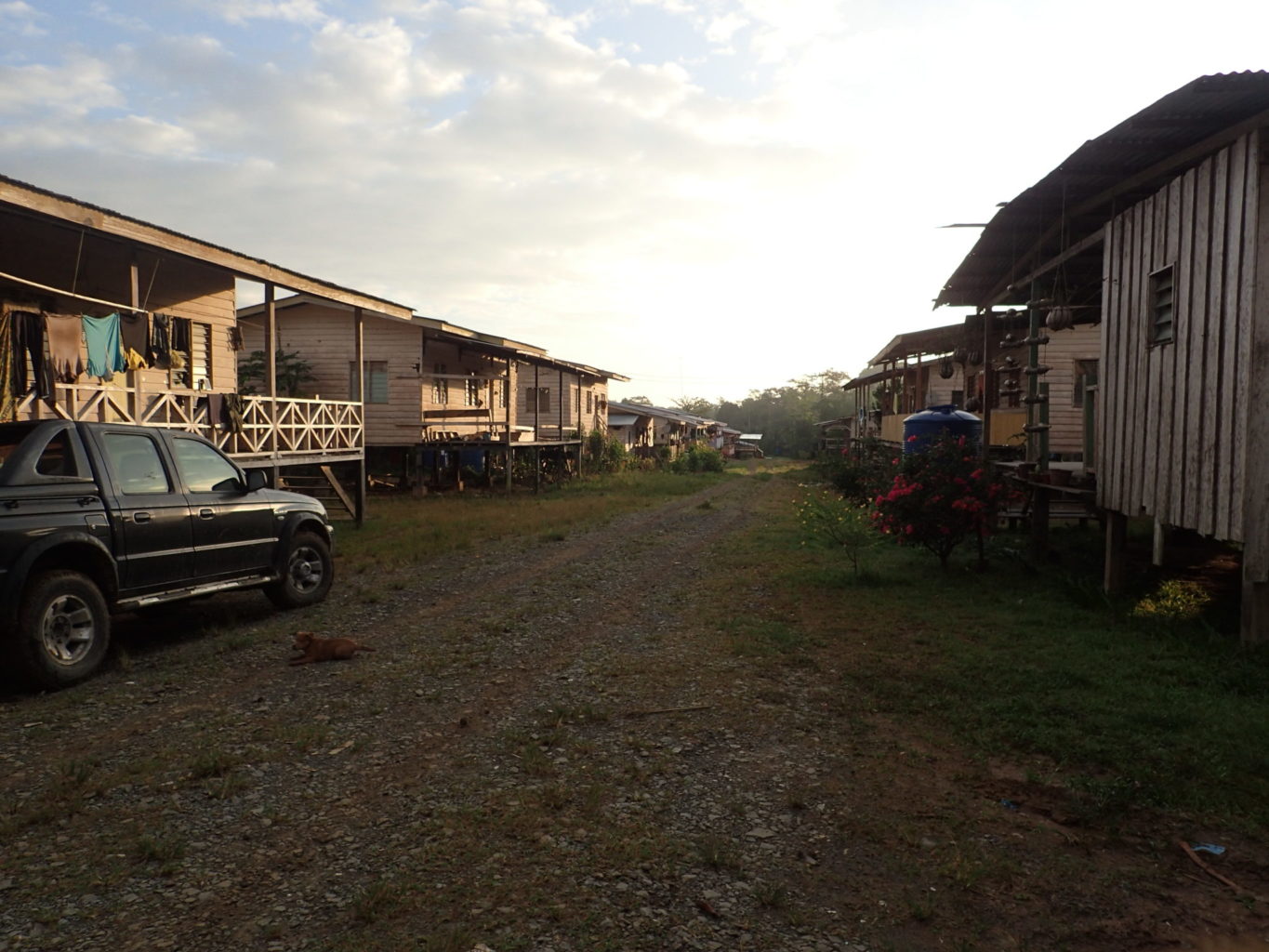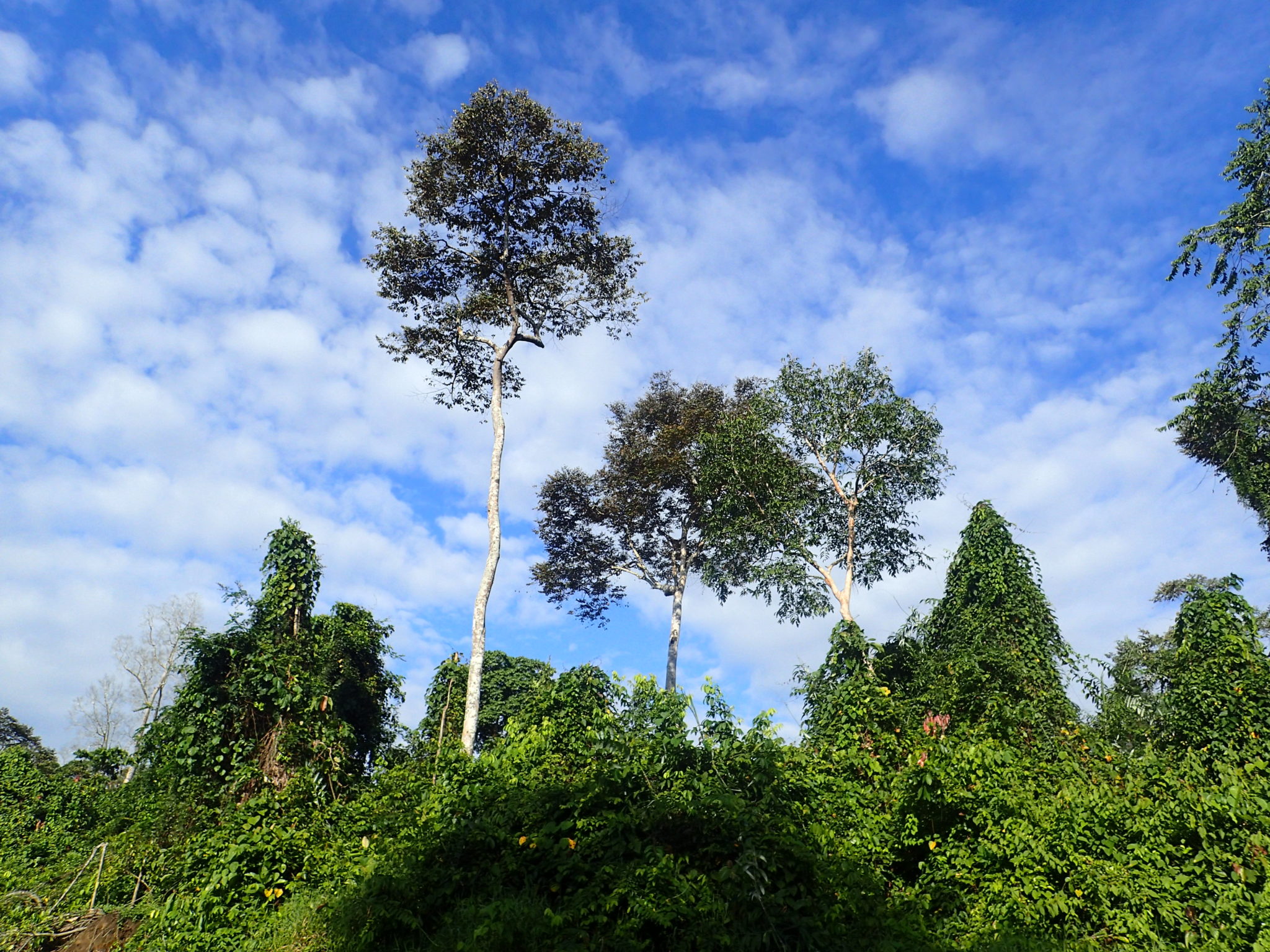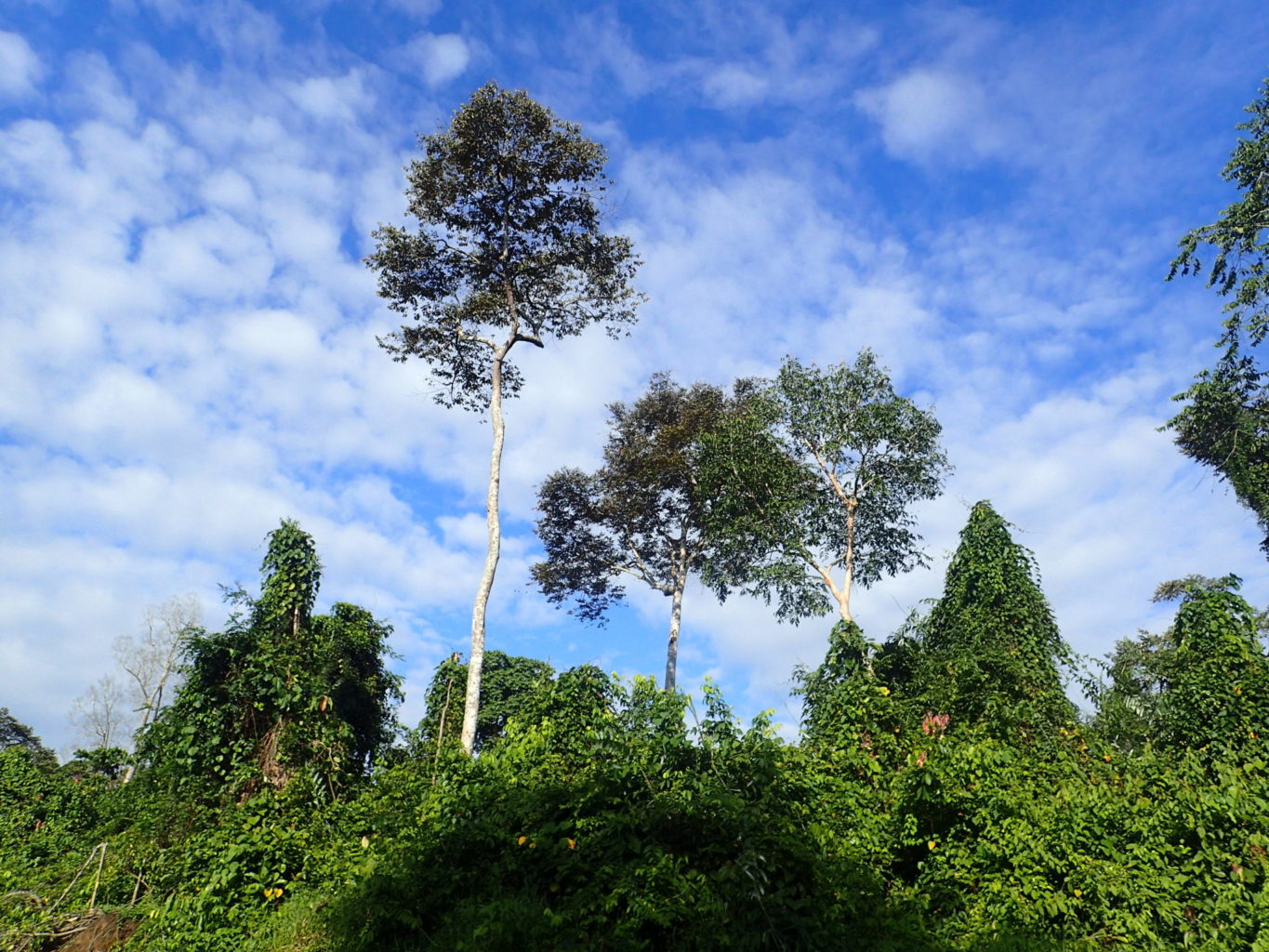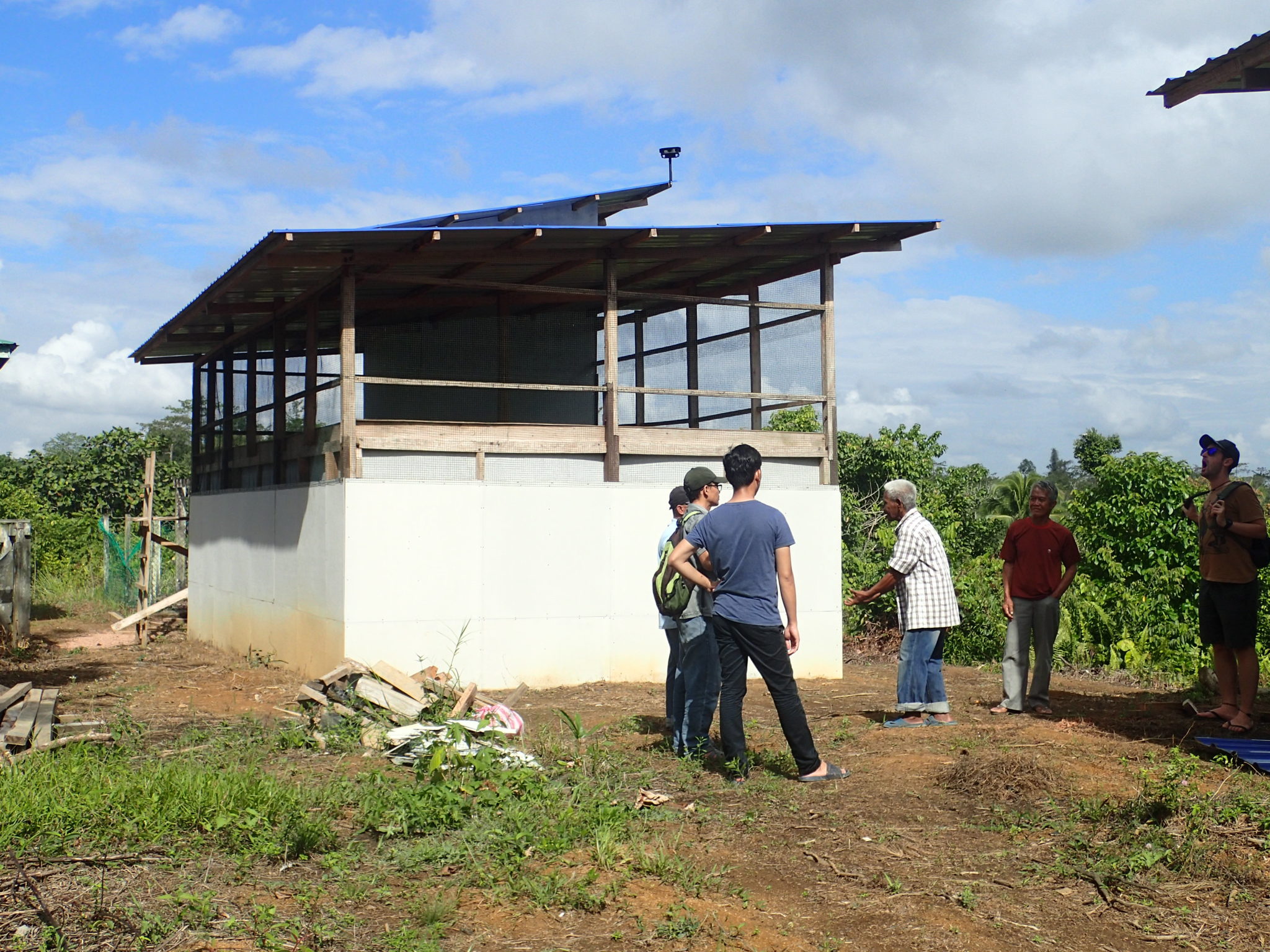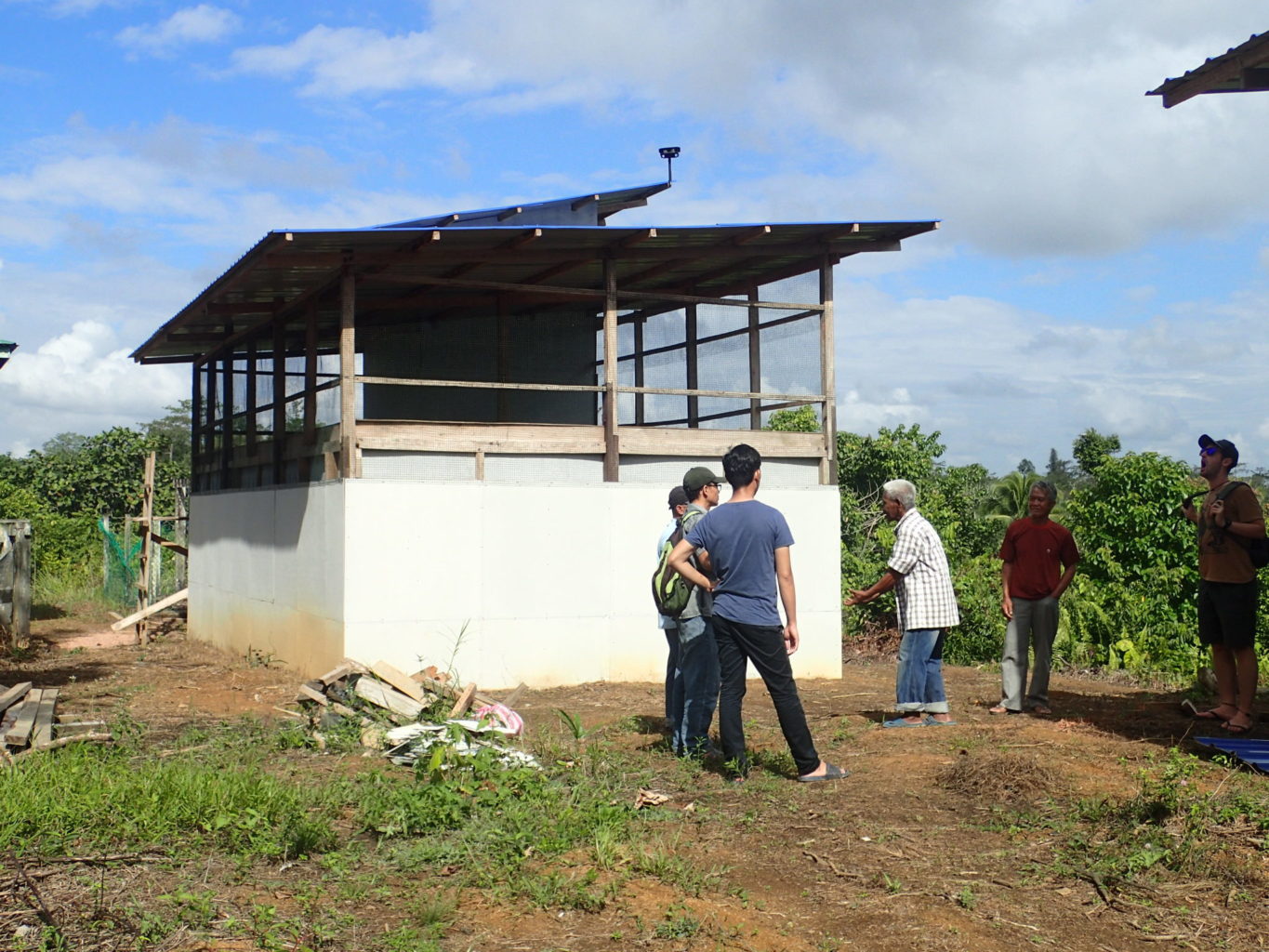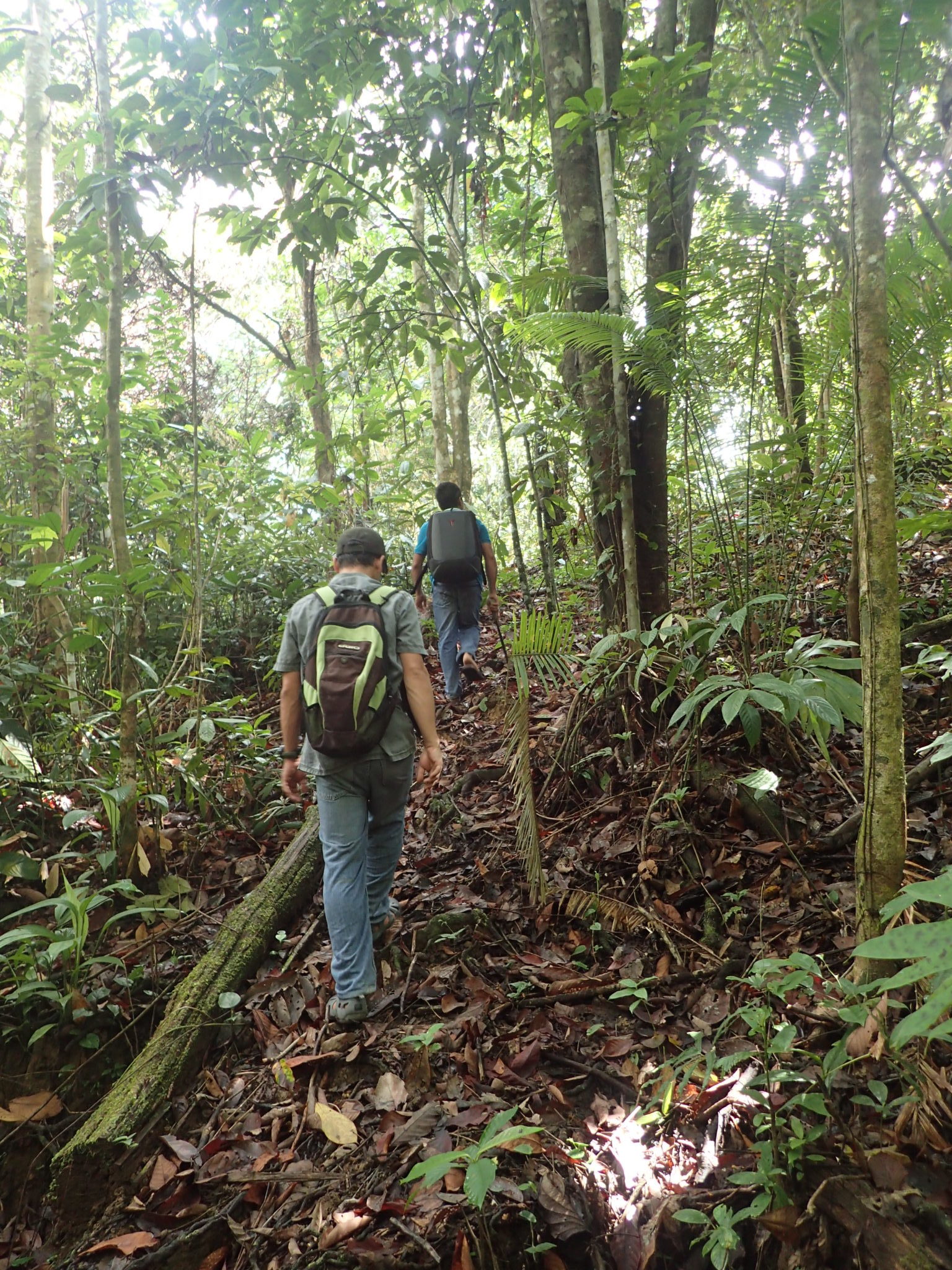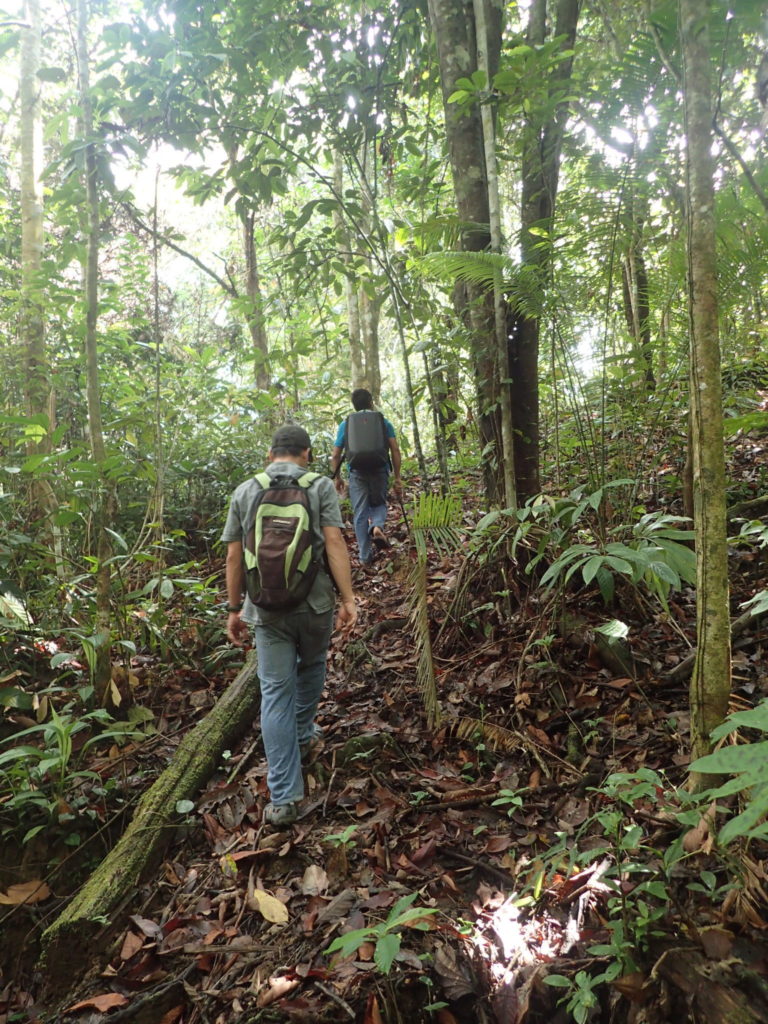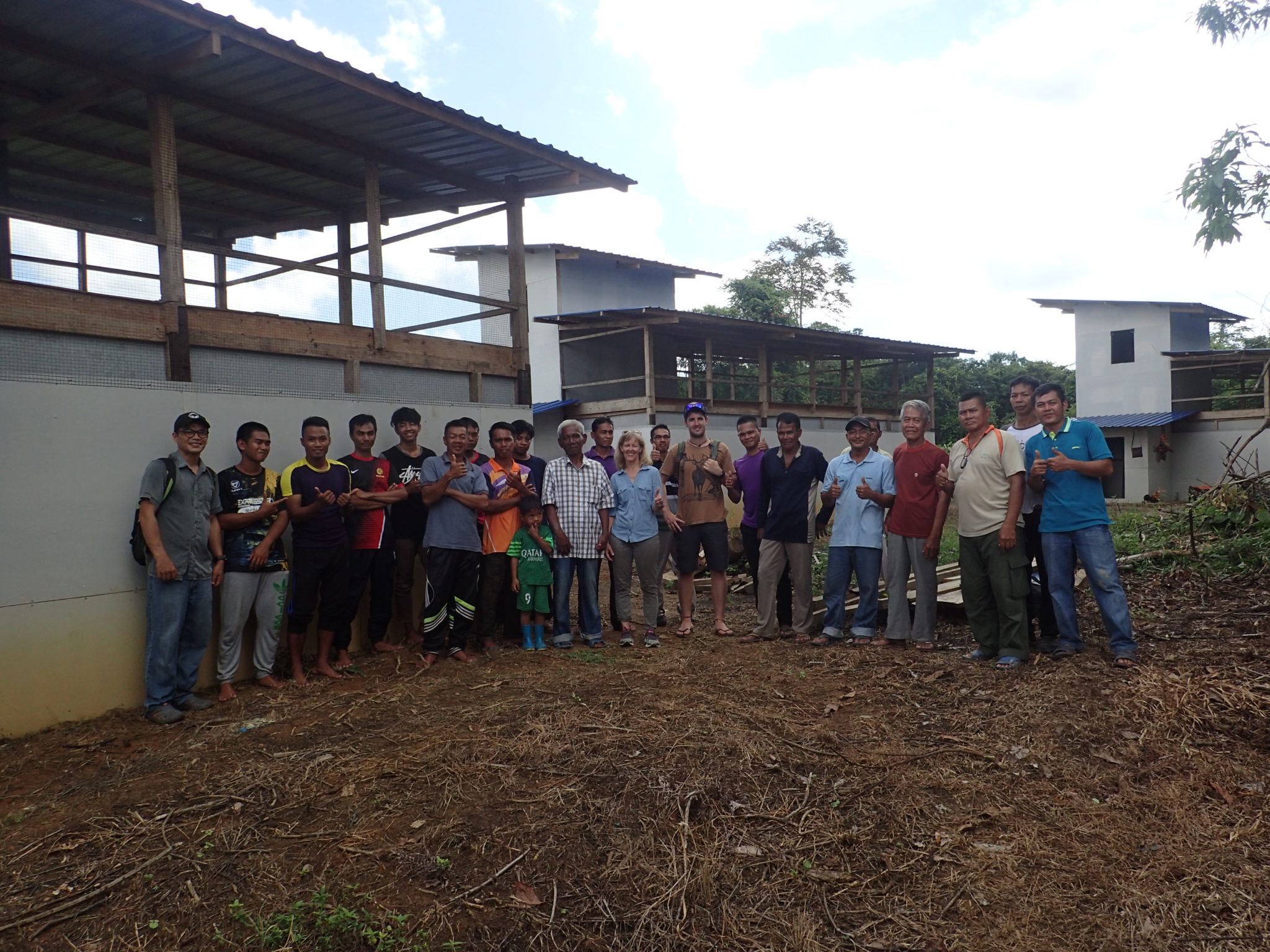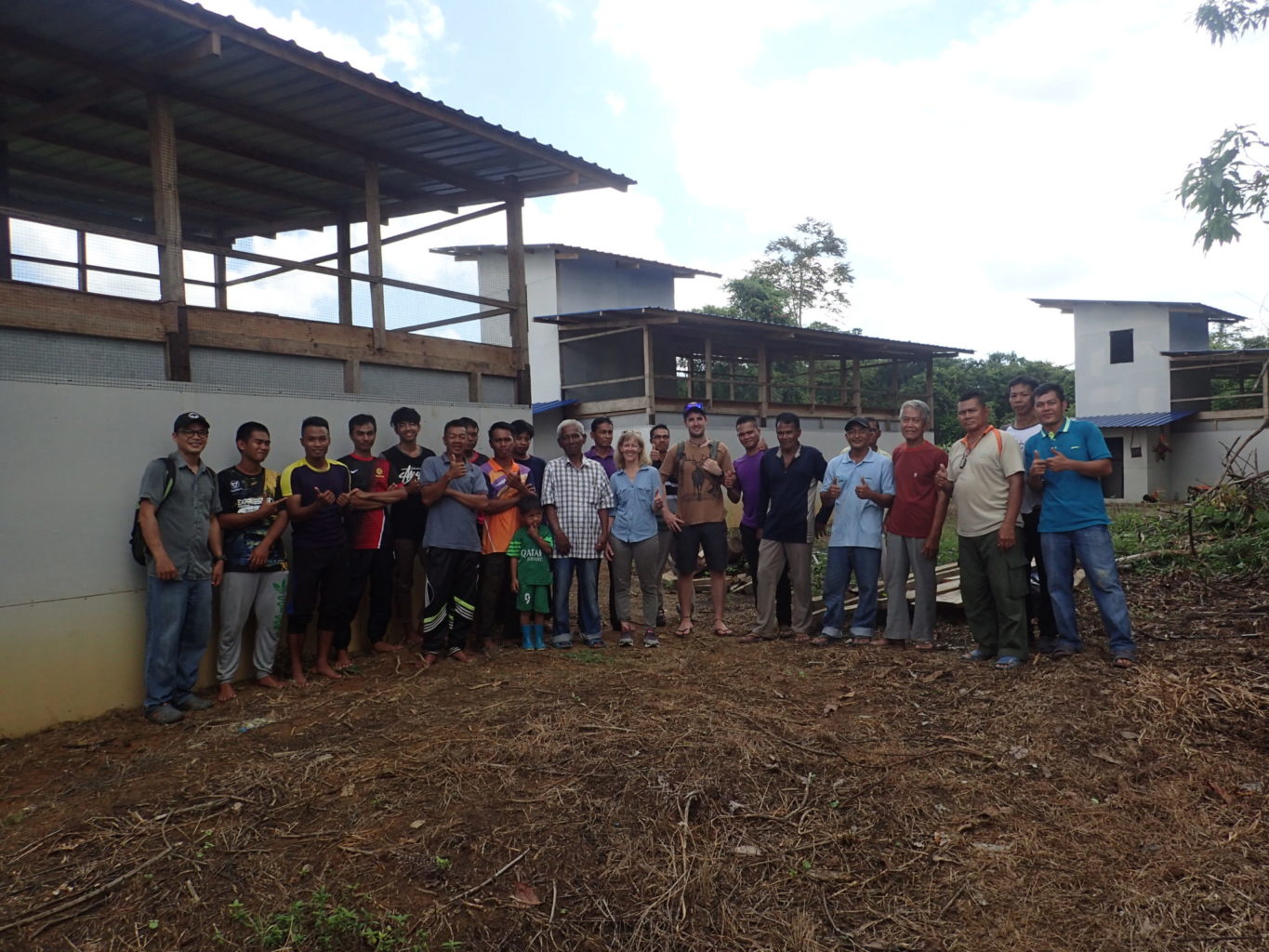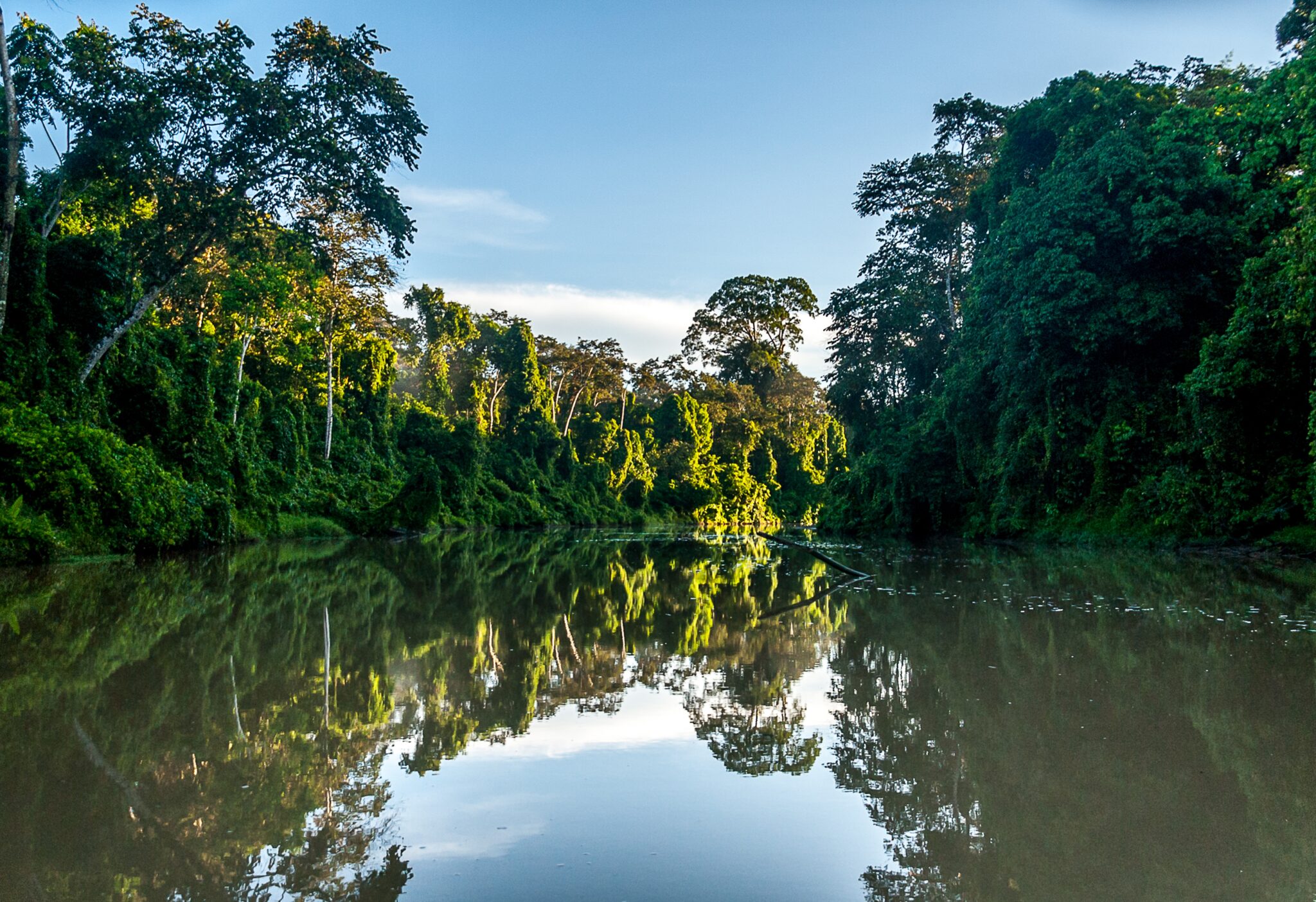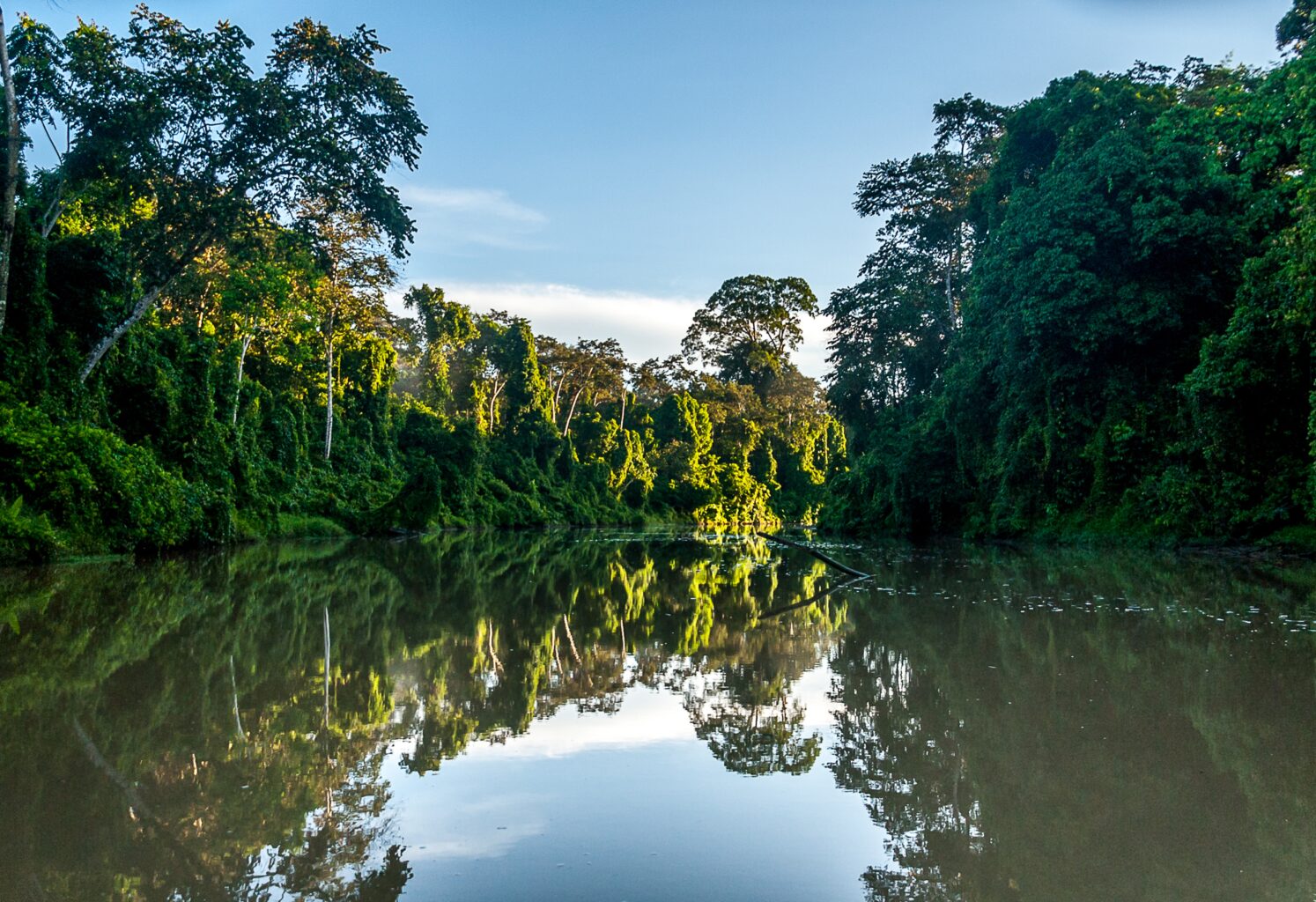The people of Dagat Village will protect a 550-acre forest between Malaysia’s largest forest preserve (Tabin Wildlife Reserve) and its largest Ramsar wetland (Lower Kinabatangan Segama Wetland). This forest is a critical wildlife corridor, home to many endemic and endangered animals such as pygmy elephants and orangutans. Other fascinating species include the bearded pig, slow loris, proboscis monkey, and nine of Borneo’s 11 hornbill species.
Logging and the explosive growth of oil palm plantations, however, have devastated rainforests in eastern Borneo. Cutting down so much spectacular rainforest has severely degraded riparian and marine ecosystems.
The lives of Dagat’s indigenous Tidung people are closely tied to the forest. They weave baskets and prawn traps from rattan, gather wild vegetables, and make small boats from trees. They fish mainly for subsistence—markets are too far away—but also dry some fish to sell. Poverty is the biggest threat to the forest, because it creates pressure to sell the land for logging or oil palm farming. Village residents, however, have refused to allow logging and have obtained Native Reserve status for the forest. Many people have taken part in conservation initiatives in the nearby Tabin Wildlife Reserve.
A group of young men and women, after working in tourism in the city of Kota Kinabalu, are leading an effort to revitalize the village economy. Their goal is to start a community-owned swiftlet farming business. For a century, people in the area have “farmed” swiftlets, the small birds whose nests are prized for birds’-nest soup. The community will use Seacology support to build a small structure that mimics the caves the birds naturally nest in. (The building will actually replace some nearby nesting habitat that was lost when caves collapsed.) After the birds build nests and raise their young, the people will gather the nests to sell. The community has already set up a collective, created a business plan, and secured mentoring from a local expert.




